
| THE HANDSTAND | FEBRUARY2009 |
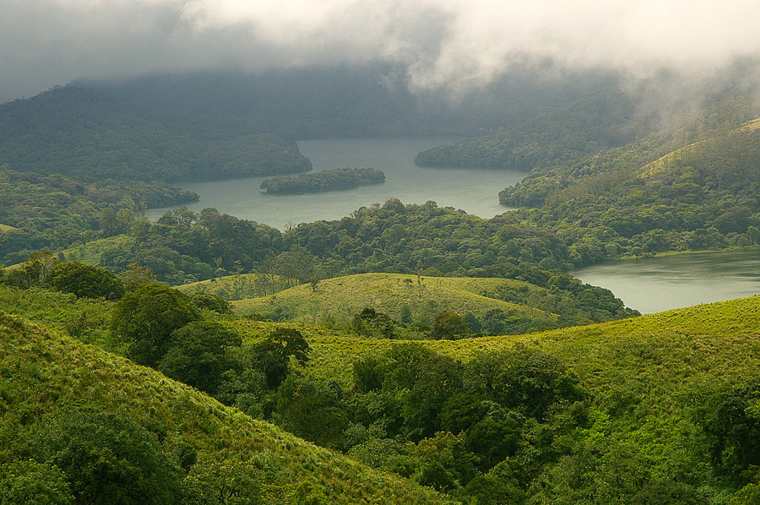
Photo of Tamil
Nadu
the dravidian and the dalit
letter to a friend by runoko rashidi
For those that are not familiar with the book, The Man Who Knew Infinity is the story of a poor Tamil brahmin, Ramanujan, who lived at the beginning of the twentieth century and who happened to be a prodigy in mathematics.
The Tamils are an important
branch of the Dravidians. So who are the Dravidians?
The Dravidians are among 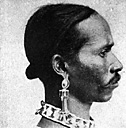 the
earliest, perhaps the first, people to inhabit India.
The early Greeks and Romans referred to them as Eastern
Ethiopians. The term "Ethiopian" is a
Greek work and means "people with faces burnt by the
sun." There were Eastern Ethiopians and
Western Ethiopians. The Eastern Ethiopians were in
Asia and the Western Ethiopians were in Africa. They
were both Black people with the only real distinction
being the texture of the hair. The Eastern
Ethiopians had straight to wavy hair and the Western
Ethiopians had tightly curled or kinky hair. The
Eastern Ethiopians lived in ancient Iraq, Iran,
Afghanistan, Pakistan, India, and probably other parts of
South Asia.
the
earliest, perhaps the first, people to inhabit India.
The early Greeks and Romans referred to them as Eastern
Ethiopians. The term "Ethiopian" is a
Greek work and means "people with faces burnt by the
sun." There were Eastern Ethiopians and
Western Ethiopians. The Eastern Ethiopians were in
Asia and the Western Ethiopians were in Africa. They
were both Black people with the only real distinction
being the texture of the hair. The Eastern
Ethiopians had straight to wavy hair and the Western
Ethiopians had tightly curled or kinky hair. The
Eastern Ethiopians lived in ancient Iraq, Iran,
Afghanistan, Pakistan, India, and probably other parts of
South Asia.
In ancient times the Dravidians were responsible for the mighty Harappan or Indus Valley civilization that dominated Pakistan and parts of northern India beginning almost five thousand years ago. Among their inventions or innovations in Pakistan and India were the windmill and sophisticated city planning. They domesticated rice and probably the chicken. Their ancient cities including trash chutes and flushing toilets. They played a game similar to chess and threw dice. And they resisted the onslaught of the Aryan or white invasions of South Asia. I have no doubt that the mighty Hindu deities Krishna, Kali, and Shiva are of Dravidian origin.
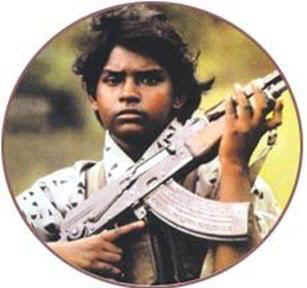 Today
the Dravidians could be considered a distinct group of
people characterized by dark complexions with straight to
wavy hair and possessing a distinct writing system and
family of languages. Although there are pockets of
Dravidian speakers scattered across India most of them
live in South India in the states of Andra Pradesh,
Karnataka, Kerala, and Tamil Nadu. I have had the
good fortune to have visited all of these states.
Today
the Dravidians could be considered a distinct group of
people characterized by dark complexions with straight to
wavy hair and possessing a distinct writing system and
family of languages. Although there are pockets of
Dravidian speakers scattered across India most of them
live in South India in the states of Andra Pradesh,
Karnataka, Kerala, and Tamil Nadu. I have had the
good fortune to have visited all of these states.
Tamil Nadu means "the Tamil
homeland." The capital of Tamil Nadu is
Chennai, formerly known as Madras. The Tamils that
I have talked to do not see themselves as Indians. They
are Tamils. They have the most beautiful script
that I have ever seen. And their spoken language is
like music. Some of my best friends have been
Tamils and I consider them a very special people. They
are Black people. And while they may not consider
themselves Africans they believe that Africans and Tamils
come from the same place--a now submerged continent that
once connected South Asia with East Africa.
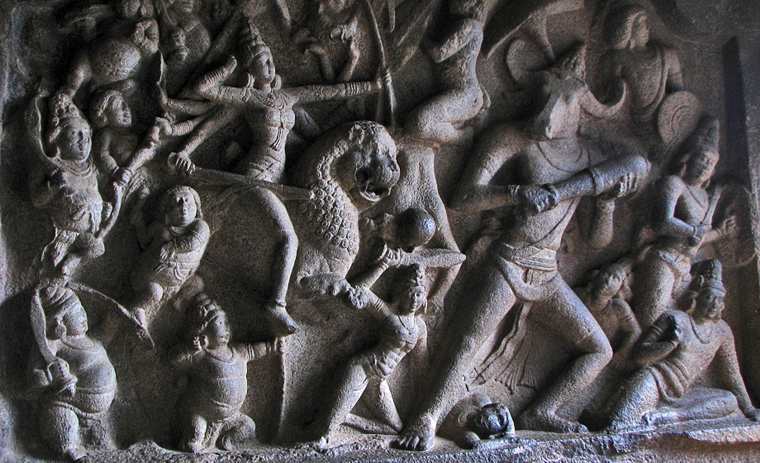
Photo:It is believed by some that this area served as a school for young sculptors. The different sculptures, some half finished, may have been examples of different styles of architecture, probably demonstrated by instructors and practiced on by young students. This can be seen in the Pancha Rathas where each Ratha is sculpted in a different style.The monuments are mostly rock-cut and monolithic, and constitute the early stages of Dravidian architecture wherein Buddhist elements of design are prominently visible.
The Venetian traveler Marco Polo visited Tamil Nadu twice during the thirteenth century and commented on how the Tamils viewed with great pride their black skin-complexions. He actually said that their young were anointed with oil of sesame which made them even darker and that, "Here the darkest man is better than the others who are not so dark," that they portray their gods and saints black and the devil as white as snow." You can find this passage in Marco Polo's Travels. There are many Tamils in Sri Lanka today and they are engaged in a fierce struggle with the Sinhalese dominated government for greater respect and even autonomy.
The Dalits are the Black Untouchables of India. Whereas the Dravidians are a ethnic-linguistic group the Dalits are a social-economic group, the majority of which by the standards of race that we use in the United States would be considered Black.
The Dalits (a term which means "crushed, broken and oppressed") are the most downtrodden people in the world. They are the world's largest oppressed minority. Indeed, there are most Dalits in India than the combined population of western Europe.
The Dalits have been called many
things, including Untouchables and Outcastes and they
have different names depending on 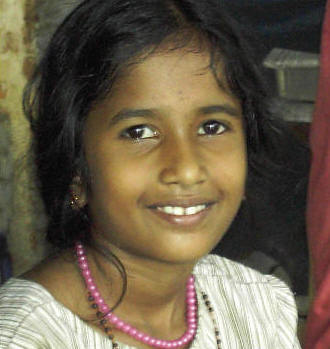 the part of India that they
reside in. The great leader of the Dalits--B.R.
Ambedkar, called them "Depressed Classes."
M.K. Gandhi, also known as the Mahatma, called them
Harijans--meaning bastards, fatherless, or the "children
of god." By the way, most Dalits think of
Gandhi in very harsh terms. The name Mahatma means
"great soul" but Dalits in general despise him
and don't even think of him as an ordinary soul! Indeed,
if you ever really want to insult a Dalit just mention
the name Mahatma in their presence. Chances are you
will be sternly rebuked!
the part of India that they
reside in. The great leader of the Dalits--B.R.
Ambedkar, called them "Depressed Classes."
M.K. Gandhi, also known as the Mahatma, called them
Harijans--meaning bastards, fatherless, or the "children
of god." By the way, most Dalits think of
Gandhi in very harsh terms. The name Mahatma means
"great soul" but Dalits in general despise him
and don't even think of him as an ordinary soul! Indeed,
if you ever really want to insult a Dalit just mention
the name Mahatma in their presence. Chances are you
will be sternly rebuked!
Throughout India and wherever Hindus live the Dalits are considered the lowest of the low. They are untouchable, meaning that their very touch is thought to cause pollution or contamination to Hindus. Untouchability is an important part of Hinduism and the caste system, and, as a result, Hinduism itself is the one religion that I have the least respect for.
Much of my adult life, particularly the 1990s, has been devoted to shedding light on the evils of untouchability. It is a true abomination.
Finally, many Dalits have left Hinduism and converted to Islam, Buddhism, and Christianity. Along with the Tribals or Adivasis the Dalits also have a tendency to cling to very, very ancient religious and spiritual beliefs.
I love and respect the Dalits. I consider them our sisters and brothers in every way, and the Dalits, along with the Tribals or Adivasis, the people of the Andaman Islands, and the Dravidians can lay claim to be the true and original people of South Asia. Of course, all of this deserves much more study and a lot more attention.